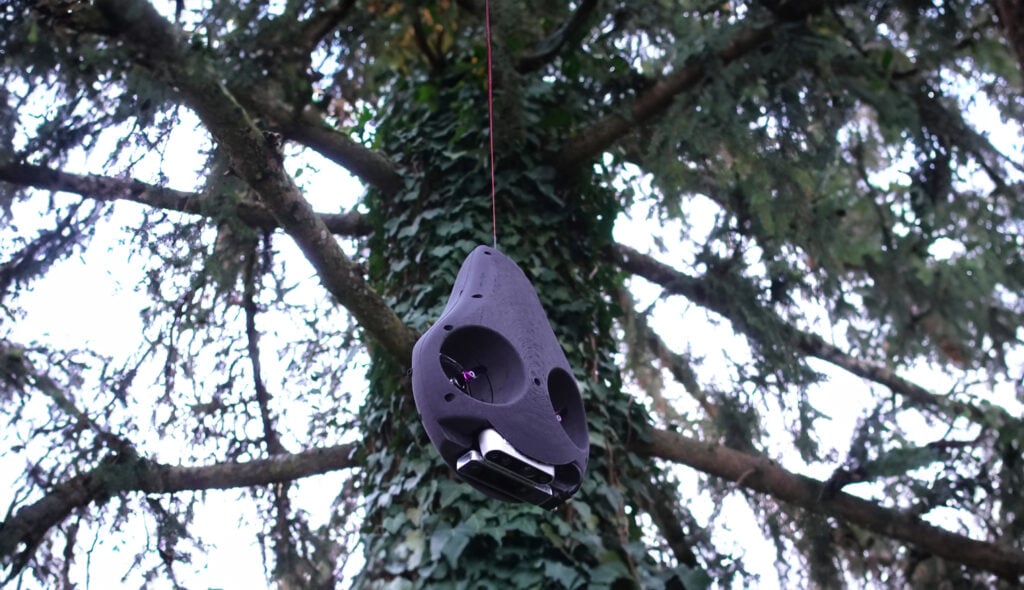Rainforest canopies remain one of the most difficult-to-access habitats for researchers, limiting understanding of these rich but fragile ecosystems.
Now, a team of Swiss engineers has developed a creative solution for gathering hard-to-reach environmental data – an innovative robot named Avocado. Inspired by the abseiling talents of spiders, the robot combines a winch-enabled tether design with aerial manoeuvring rotors to swing its way into the treetops.
The Challenge of Treetop Access
Tropical rainforest canopies contain remarkably high biodiversity, but steep, unstable terrain makes exploration challenging. While climbing gear allows selective tree ascents, drones risk rotor disruption from dense foliage. Most robots lack suitable navigation mechanisms for various branch sizes and slippery bark. Successful treetop robots require a breakthrough design.

Instead of tackling the canopy from below, the engineers took inspiration from how spiders descend smoothly down on silk threads. Avocado uses a similar abseiling concept – lowering itself into the top on a tether cable from an anchored high branch. Once arrived, an integrated winch controls Avocado’s descent while dual rotors provide aerial stability and obstacle manoeuvring.
Concealed inside the Avocado’s 3D-printed outer shell – shaped like its fruit – lies the advanced robotics technology enabling its complex canopy access. AI-assisted controls coordinate the calibrated winch and rotor systems to analyze the surroundings from an onboard camera. This allows fully autonomous navigation to targeted canopy destinations without collisions.
So far, Avocado has passed indoor obstacle trials and outdoor accurate tree tests. Given the canopy’s extreme lighting variability, the team continues honing AI perceptual abilities. While researchers still conduct manual anchor placements, future versions could leverage drone transport for remote deployments. Avocado’s eventual goal is smoothly accessing any rainforest treetop location – no matter how dense or remote.
The tethered design also enables carrying sensor payloads to map delicate ecological microclimates heat- and humidity-wise. Given the lift capacity, extended limbs for vegetation sample collection are another possibility. And rather than rely solely on batteries, engineers are looking at topping the tether with solar cells. This would allow electricity transmission down the cable directly to Avocado and its instrumentation.
Rainforest biodiversity monitoring needs to work on keeping pace with habitat losses from logging and agriculture. More elusive species also likely inhabit the upper canopy branches. Avocado can help reveal the richness of these vibrant but vanishing nature sanctuaries by enabling routine and widescale treetop analytics.
The Avacado is now a finalist for the XPRIZE Rainforest robotics competition and shows how nature can provide engineering clues to overcome daunting technical challenges. Perhaps real-world environmental challenges need us to open our eyes to bio-inspired possibilities.
TLDR:
- Avocado is an innovative rainforest treetop access robot inspired by abseiling spiders
- It uses a tethered design with a winch and rotors for autonomous canopy maneuvering
- The goal is to enable routine data gathering high up in hard-to-reach rainforest habitats
- Prototype shows promise in tests; Future upgrades planned for sensors and solar power
- By improving treetop access, conservation insights will expand greatly
